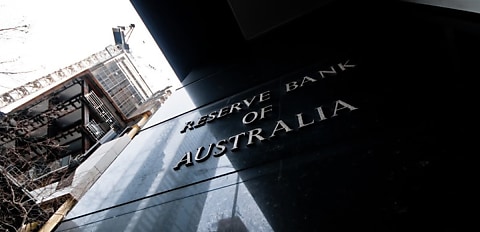The minutes from the April monetary policy meeting showed the Reserve Bank of Australia (RBA) flagging heightened uncertainty both domestically and globally, with future rate decisions to depend on incoming data. The board held the cash rate at 4.1 per cent during this meeting.
According to the minutes, RBA board members said that while inflation is tracking downward, it remains above the target range.
The labour market was described as tighter than full employment levels, though a sharp fall in employment in February was considered more likely a statistical outlier than a signal of weakening demand.
Domestic financial conditions were assessed as still somewhat restrictive. The board also said that the most significant development since its last meeting was a rise in global uncertainty, particularly around trade policy.
While the full implications for the Australian economy are yet to emerge, the RBA said that these risks could eventually influence both inflation and economic activity.
The board reaffirmed its central forecast, outlined in February, which sees underlying inflation returning to the 2–3 per cent range by mid-2025 and settling slightly above the midpoint thereafter. However, members said the risks to this outlook are “two-sided”.
On one hand, strong labour cost growth or a faster-than-expected recovery in domestic demand could lift inflation.
On the other hand, weaker employment trends or slower consumption could see inflation fall more quickly than anticipated.
Members emphasised the importance of not jeopardising the progress that has already been achieved in bringing inflation sustainably back to the midpoint of the target by easing monetary policy prematurely.
On the global front, the RBA flagged increased downside risks, including the potential for further trade restrictions and economic policy uncertainty to drag on global growth.
However, it also said that these developments had yet to materially affect domestic sentiment or spending.
It is worth nothing that the RBA met prior to US President Donald Trump’s so-called “Liberation Day” tariffs, which saw Australia, among many other countries, hit with a baseline 10 per cent tariff on all imported goods.
President Trump has since implemented a 90-day pause on “reciprocal” tariffs; however, Australia’s baseline tariff will remain in place for this period.
As senior economist at the Commonwealth Bank of Australia (CBA), Belinda Allen, said, the minutes “must be seen through this dated lens”.
“It seems the central bank at the time was caught between still viewing domestic risks as two-sided, but downside risks to global growth risks were building with the meeting held two days prior to ‘Liberation Day’,” Allen said.
Despite the uncertainty, board members said there was insufficient new information to warrant a change in policy settings at this meeting.
The minutes revealed that the May monetary policy meeting would present an “opportune time” for the RBA to revisit its stance on monetary policy, when a fresh round of data on inflation, wages, the labour market, and global trade conditions becomes available.
As such, Allen said that the May meeting is “live”.
“Given the uncertainty the RBA Board has over the domestic economy we have long noted the data flow would be important,” she said.
“We expect the upcoming domestic data flow in totality will be enough to see the RBA cut the cash rate in May by 25 bps.
“The deteriorating global outlook makes this even more likely despite Australia being in a relatively good position to weather the storm.”
The central bank’s message remains clear: caution is warranted and flexibility is essential in navigating a complex and evolving economic environment.
[RELATED: Trump calls timeout on tariffs]

